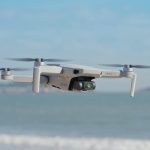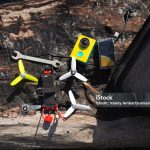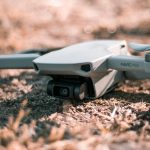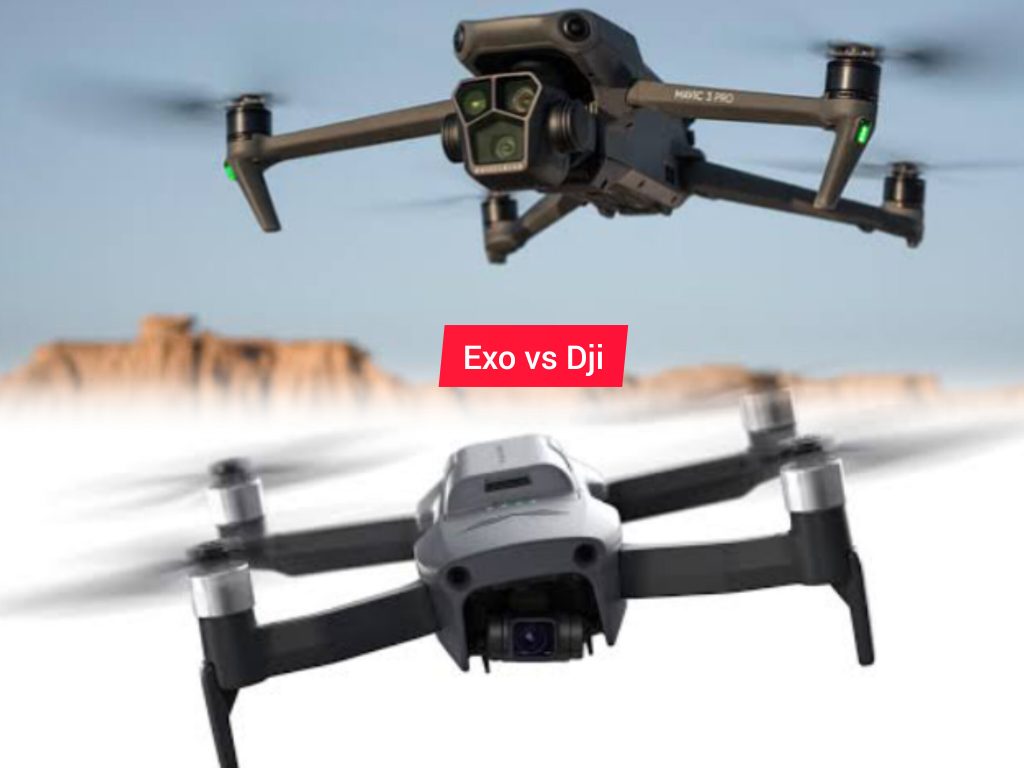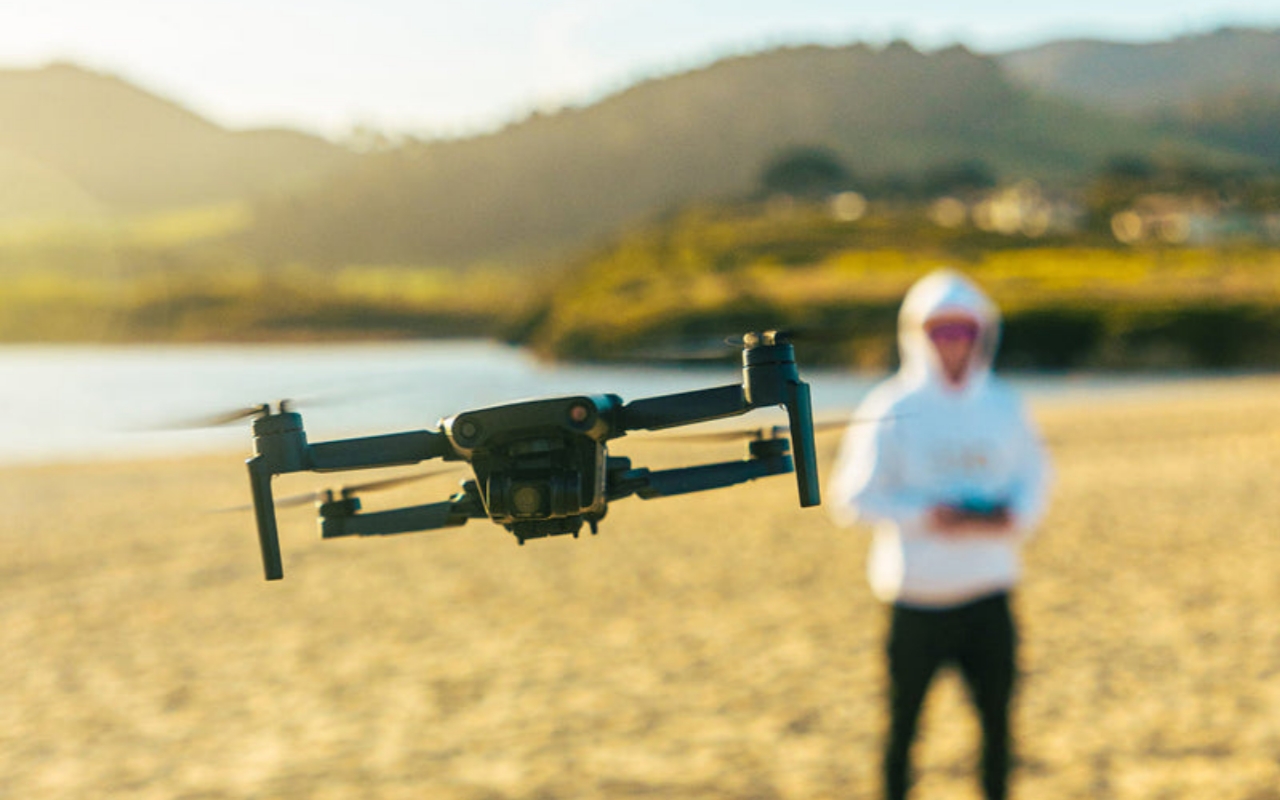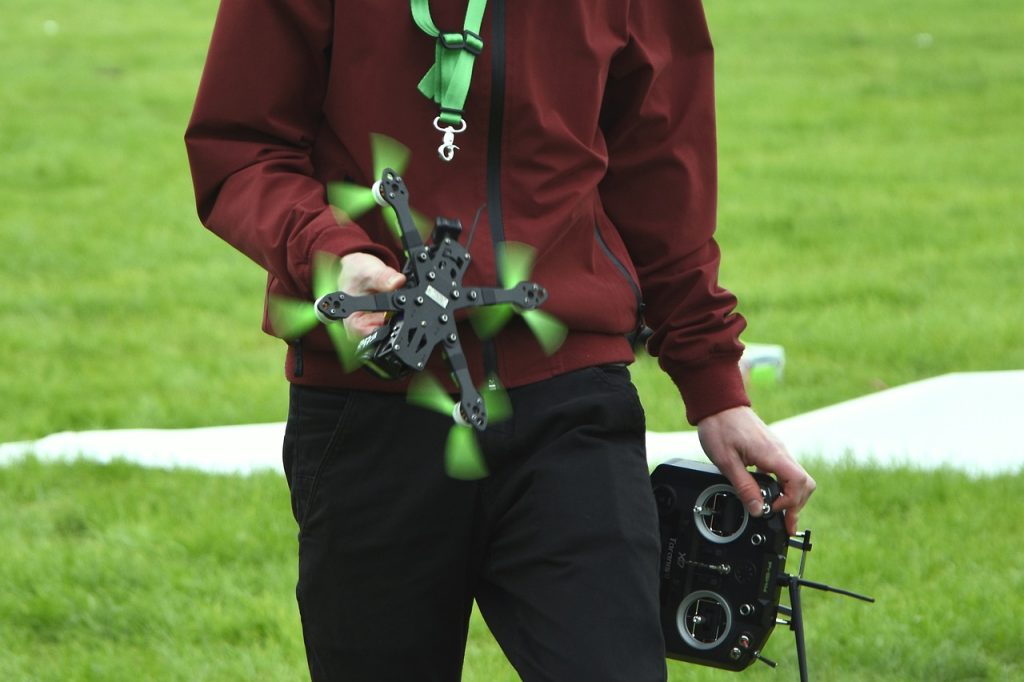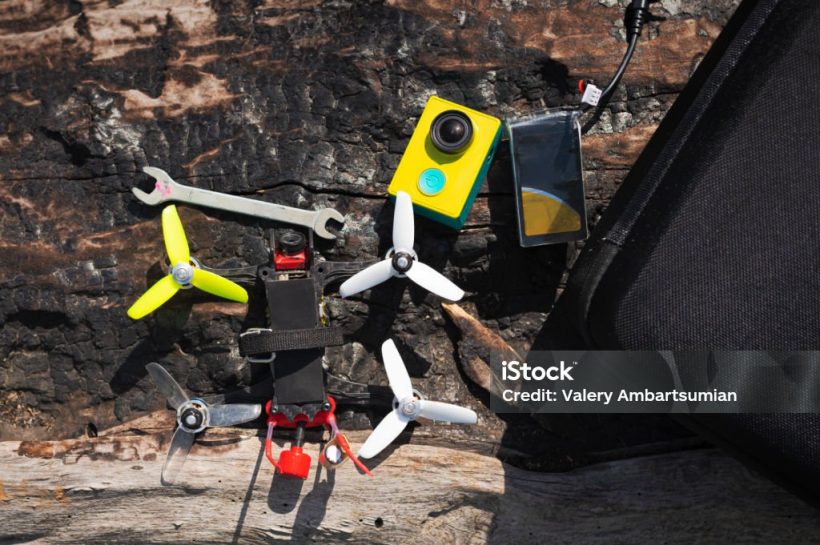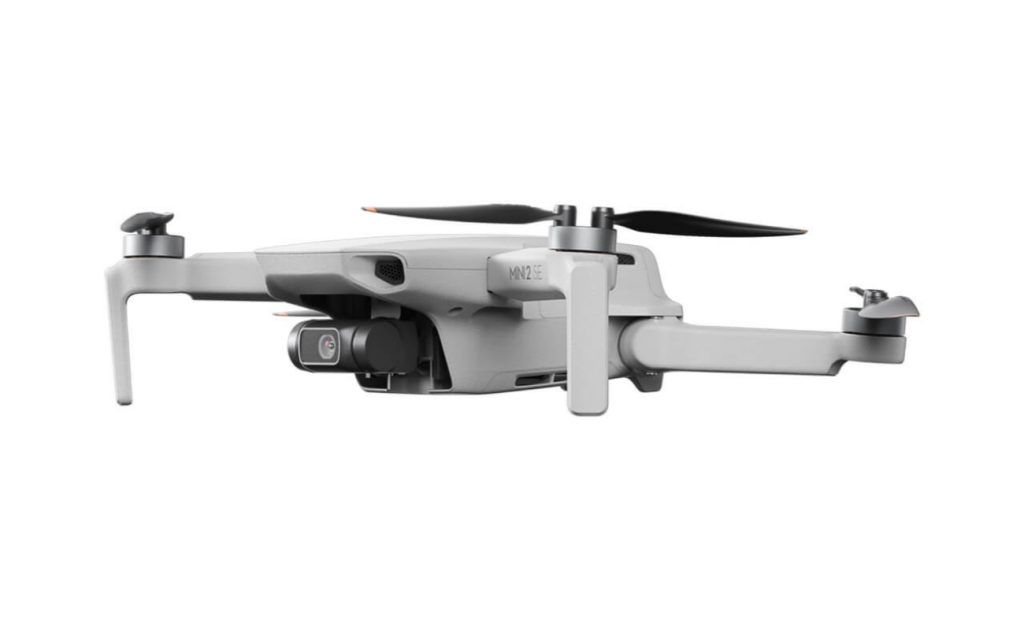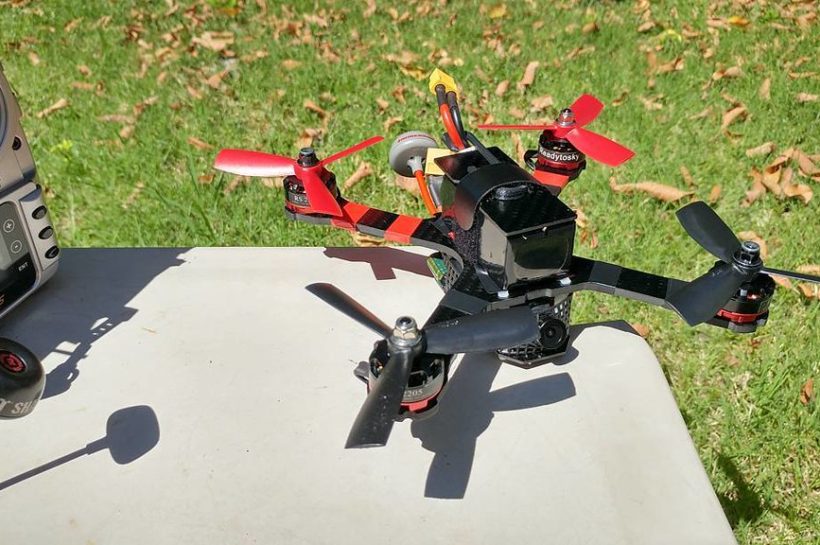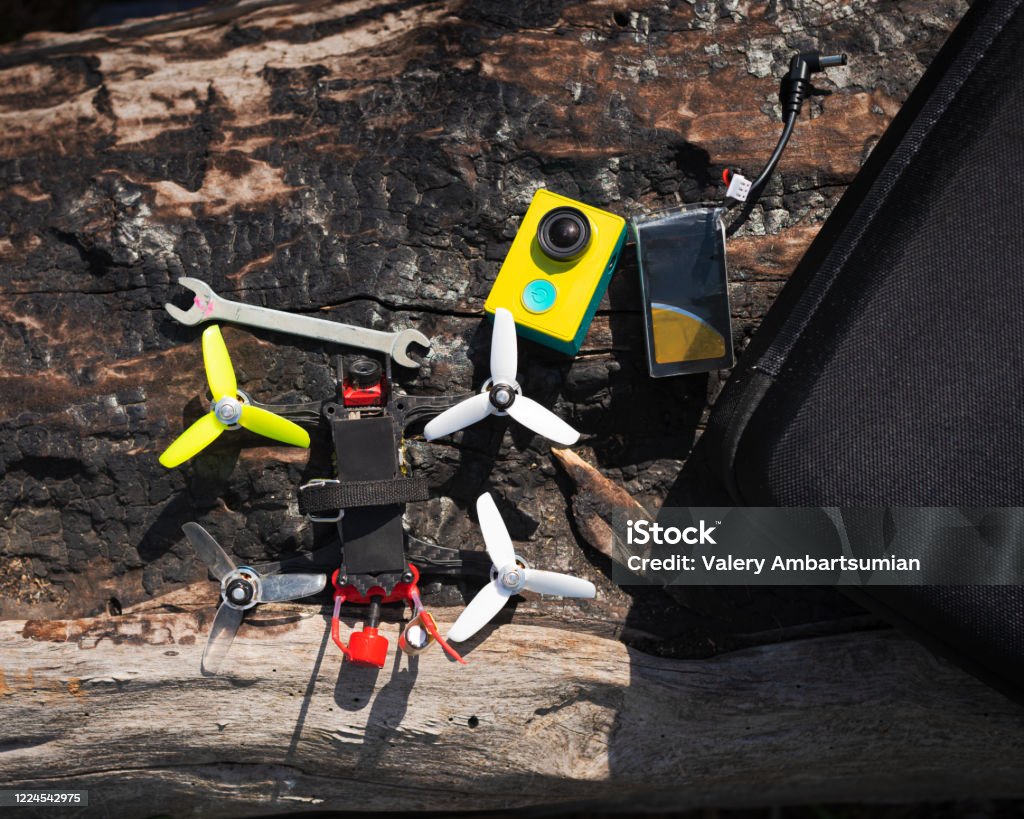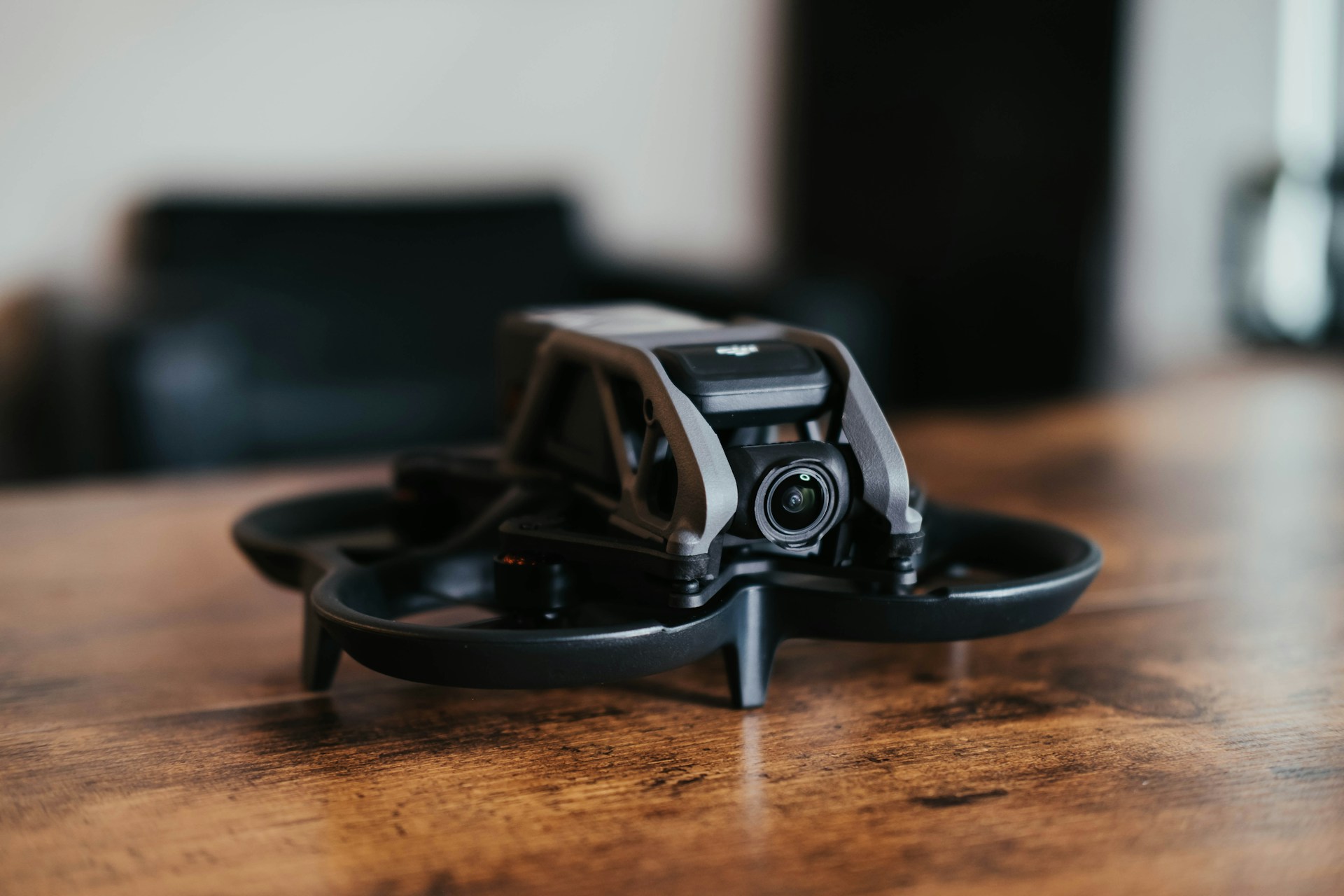Drones have become increasingly popular in the past few years, and with good reason. These small, unmanned aircraft can do more than just capture stunning aerial footage. They can also help businesses of all kinds increase efficiency and productivity. From construction and agriculture to real estate and delivery services, drones are revolutionizing the way we work. In this blog post, we’ll explore how you can harness the power of drones to transform your workflow. We’ll look at some of the key benefits of using drones in your business, as well as the different types of drones available and the regulations surrounding their use. Whether you’re looking to save time, cut costs, or improve safety, read on to learn how drones can help you soar to new heights of efficiency.
Introduction to drone technology in workflow optimization
Drones have revolutionized the way we approach various tasks, offering unparalleled efficiency and flexibility in a wide range of industries. These unmanned aerial vehicles have transcended their initial recreational and military uses to become indispensable tools for businesses seeking to optimize their workflows.
Incorporating drone technology into your operations can lead to significant improvements in efficiency, productivity, and cost-effectiveness. Drones are capable of performing tasks that were once labor-intensive, time-consuming, or even dangerous with remarkable precision and speed. From aerial surveys and mapping to monitoring infrastructure and delivering goods, the applications of drones in workflow optimization are diverse and far-reaching.
By harnessing the power of drone technology, businesses can streamline their processes, collect valuable data, and gain a competitive edge in today’s fast-paced digital landscape. In this blog post, we will explore the transformative potential of drones and how they can elevate your workflow to new heights of efficiency and innovation.
Benefits of using drones in various industries
Drones have revolutionized various industries by offering unparalleled benefits that enhance efficiency, productivity, and safety. In agriculture, drones equipped with sensors and cameras can monitor crop health, optimize irrigation, and assess field conditions with precision, resulting in increased yields and reduced resource wastage. The construction industry benefits from drones for site surveying, progress tracking, and safety inspections, saving time and costs while improving project management.
In the real estate sector, drones provide stunning aerial footage for property listings, giving potential buyers a comprehensive view of the property and its surroundings. This visual enhancement can lead to quicker sales and higher property values. Additionally, drones are widely used in the film and entertainment industry for capturing breathtaking aerial shots that were once only possible with expensive helicopter rentals.
Moreover, drones play a crucial role in disaster response and recovery efforts by swiftly surveying affected areas, delivering essential supplies, and conducting search and rescue missions in hazardous conditions. The ability of drones to access hard-to-reach locations and gather real-time data has been instrumental in improving emergency response strategies.
Overall, the benefits of using drones in various industries are vast and continue to expand as technology advances, making them a valuable asset for streamlining workflows and achieving greater operational efficiency.
How drones can streamline data collection and analysis
Drones have revolutionized data collection and analysis across various industries, offering a level of efficiency and precision that was previously unattainable. By harnessing drones, businesses can streamline their workflows and gain valuable insights in a fraction of the time it would take using traditional methods.
One of the key advantages of using drones for data collection is their ability to access hard-to-reach or hazardous areas with ease. Whether it’s surveying vast agricultural fields, inspecting infrastructure such as bridges and pipelines, or capturing aerial imagery for urban planning, drones provide a cost-effective and efficient solution.
Moreover, drones equipped with high-resolution cameras and sensors can capture detailed data that can be used for in-depth analysis. From monitoring crop health and identifying areas of improvement in construction sites to creating 3D models for mapping and surveying purposes, drones offer a wealth of data that can drive informed decision-making.
By automating the data collection process and reducing the time and resources required for analysis, drones empower businesses to optimize their workflows and achieve greater efficiency. Embracing this technology can lead to significant cost savings, improved productivity, and a competitive edge in today’s fast-paced business landscape.
Enhancing safety and reducing risks with drone technology
Drones have revolutionized various industries by enhancing safety measures and reducing risks in the workplace. One of the key advantages of using drone technology is the ability to access hazardous or hard-to-reach areas without putting human lives at risk. Industries such as construction, mining, and oil and gas have adopted drones to inspect infrastructure, monitor operations, and assess potential dangers.
By deploying drones for tasks such as building inspections, site surveys, and equipment monitoring, companies can significantly reduce the need for employees to work in dangerous environments. Drones equipped with high-resolution cameras and sensors can capture detailed imagery and data, allowing for accurate assessments while keeping personnel out of harm’s way.
Moreover, drones are instrumental in emergency response situations, providing real-time aerial views of disaster areas to aid in search and rescue operations. By using drones equipped with thermal imaging cameras and other specialized tools, emergency responders can quickly assess the situation and locate individuals in need of assistance.
Overall, integrating drone technology into workflows not only enhances safety protocols but also minimizes risks associated with manual inspections and operations. As companies continue to harness the power of drones, they are paving the way for a safer and more efficient work environment.
Case studies showcasing successful drone integration in workflow
Incorporating drones into various workflows has revolutionized industries across the board, leading to enhanced efficiency and productivity. Let’s delve into some compelling case studies that highlight the successful integration of drones:
1. Agriculture: Farmers have significantly benefited from drone technology by utilizing aerial imagery to monitor crop health, assess irrigation needs, and even apply pesticides or fertilizers precisely. This targeted approach has resulted in increased yields and reduced costs.
2. Construction: Construction firms are leveraging drones for site surveys, progress tracking, and safety inspections. By capturing high-resolution images and creating 3D models, project managers can streamline decision-making processes, identify potential issues early on, and ensure adherence to timelines.
3. Real Estate: Real estate agencies have embraced drones to capture stunning aerial footage of properties, providing prospective buyers with immersive virtual tours. This dynamic visual representation has proven to attract more potential buyers, leading to quicker sales and higher property values.
4. Emergency Response: Drones have played a crucial role in emergency response scenarios by rapidly assessing disaster areas, delivering supplies to inaccessible locations, and conducting search and rescue missions. Their agility and speed have been instrumental in saving lives and mitigating risks during critical situations.
These case studies exemplify the diverse applications and tangible benefits of integrating drones into workflows. By embracing this innovative technology, businesses can optimize operations, drive growth, and stay ahead in today’s competitive landscape.
Regulations and guidelines for using drones in business operations
When incorporating drones into your business operations, it is crucial to comply with regulations and guidelines set forth by aviation authorities. Drones have become increasingly popular as tools for enhancing efficiency and productivity in various industries, but their use is subject to strict regulations to ensure safety and security.
Before deploying drones for commercial purposes, it is essential to familiarize yourself with the regulations specific to your region. This may involve obtaining licenses or permits, adhering to flight restrictions, maintaining a safe distance from populated areas, and following guidelines for drone operations.
Furthermore, staying informed about updates and changes in drone regulations is paramount to avoid any legal implications and ensure smooth integration of drones into your workflow. By prioritizing compliance with regulations and guidelines, businesses can leverage the full potential of drones while mitigating risks and operating responsibly within the airspace.
Tips for selecting the right drone for your workflow needs
Selecting the right drone for your specific workflow needs is crucial to maximizing efficiency and productivity. With the wide range of drones available on the market, it can be overwhelming to choose the one that best suits your requirements. Here are some essential tips to consider when selecting a drone for your workflow:
1. Define Your Needs: Before browsing through the numerous drone options, clearly outline your workflow requirements. Determine the tasks you need the drone to perform, such as aerial photography, mapping, surveillance, or inspection. Understanding your specific needs will help narrow down the options.
2. Consider Flight Time and Range: Evaluate the drone’s flight time and range capabilities. Longer flight times and extended ranges are beneficial for completing tasks efficiently without frequent interruptions for recharging or limited coverage areas.
3. Payload Capacity: If your workflow involves carrying equipment or sensors, ensure the drone has the necessary payload capacity to accommodate these additional items. Opt for a drone that can support the weight of your required tools without compromising flight stability.
4. Camera Quality: For tasks that involve aerial photography or videography, prioritize drones with high-quality cameras and stabilization features. The camera specifications, such as resolution, lens quality, and gimbal stabilization, play a significant role in capturing clear and detailed images.
5. GPS and Navigation Features: Choose a drone equipped with advanced GPS and navigation systems for precise positioning and smooth flight paths. These features are essential for accurate data collection, mapping, and automated flight missions.
6. Portability and Durability: Consider the portability and durability of the drone, especially if your workflow involves traveling to various locations or operating in challenging environments. Opt for a compact and rugged drone that can withstand environmental conditions and transportation demands.
By carefully assessing these factors and aligning them with your workflow needs, you can select the right drone that enhances your operational efficiency and transforms the way you work. Investing in the appropriate drone tailored to your specific requirements will streamline tasks, improve productivity, and unlock new possibilities in your workflow.
Training and certification requirements for drone operators
Training and certification are crucial aspects for drone operators to ensure safe and efficient operations. In today’s rapidly advancing technological landscape, the use of drones has become increasingly prevalent across various industries, from agriculture to construction, photography, and more. As such, it is essential for drone operators to undergo proper training and obtain the necessary certifications to operate drones legally and responsibly.
Training programs for drone operators typically cover a wide range of topics, including flight regulations, safety procedures, maintenance protocols, and more. These programs aim to equip operators with the knowledge and skills needed to operate drones safely and effectively in various environments. Additionally, obtaining certifications from recognized aviation authorities or organizations can provide operators with credibility and demonstrate their proficiency in handling drones.
Furthermore, staying informed about the latest developments in drone technology and regulations is essential for operators to ensure compliance and adapt to changing requirements. By investing in training and certification programs, drone operators can enhance their expertise, mitigate risks, and contribute to the overall efficiency and success of their operations.
Integrating drone data with existing workflow systems
Integrating drone data with existing workflow systems can revolutionize the way organizations operate. By harnessing the power of drones to collect valuable data from the air, businesses can enhance decision-making processes and streamline operations like never before.
Imagine being able to conduct aerial surveys, monitor infrastructure, or track inventory levels with precision and efficiency. Drones provide a bird’s-eye view that traditional methods cannot match, enabling businesses to gather insights quickly and accurately.
By seamlessly integrating drone data with existing workflow systems, organizations can leverage this information to improve productivity, reduce costs, and enhance overall efficiency. Whether it’s in agriculture, construction, real estate, or any other industry, the possibilities are endless when it comes to incorporating drone technology into daily operations.
From automating routine tasks to identifying potential issues before they escalate, the integration of drone data can optimize workflows and drive business success. Embracing this innovative technology is not just about staying ahead of the curve—it’s about transforming the way work gets done.
Future trends and advancements in drone technology for workflow optimization
As technology continues to advance at a rapid pace, the future of drone technology holds immense potential for transforming workflows across various industries. One of the key trends to watch out for is the integration of artificial intelligence (AI) and machine learning algorithms into drone systems. This integration will enable drones to autonomously analyze data, identify patterns, and make real-time decisions, significantly enhancing their efficiency and effectiveness in various tasks.
Moreover, advancements in drone battery technology are paving the way for longer flight times and increased payload capacities, allowing drones to cover larger areas and carry heavier equipment for more complex operations. This will open up new possibilities for using drones in industries such as agriculture, construction, and disaster response, where extended flight times and increased capabilities are essential.
Furthermore, the development of swarming technology, where multiple drones can communicate and collaborate with each other to achieve a common goal, will revolutionize the way drones are used for tasks such as search and rescue missions, surveillance operations, and large-scale mapping projects. By working together in a coordinated manner, drone swarms can cover vast areas in a fraction of the time it would take a single drone, making them invaluable for time-sensitive missions.
In conclusion, the future of drone technology is filled with exciting possibilities that are set to revolutionize workflow optimization across industries. By staying informed about these emerging trends and advancements, businesses can harness the power of drones to boost efficiency, productivity, and innovation in their operations.
In conclusion, we hope this article has shed light on the immense potential drones hold in revolutionizing workflow efficiency across various industries. By harnessing this cutting-edge technology, businesses can optimize operations, streamline processes, and achieve remarkable cost savings. Embracing drones not only enhances productivity but also opens up new possibilities for innovation and growth. As you embark on integrating drones into your workflow, remember to prioritize safety, compliance, and training to fully capitalize on their transformative capabilities. Fly high with drones and watch your efficiency soar to new heights!
